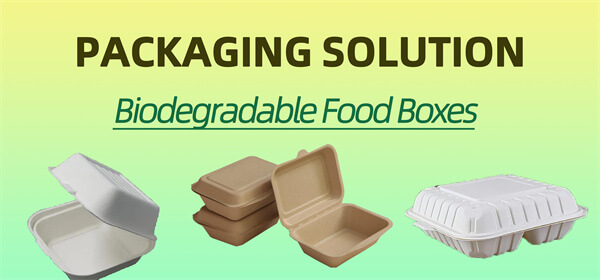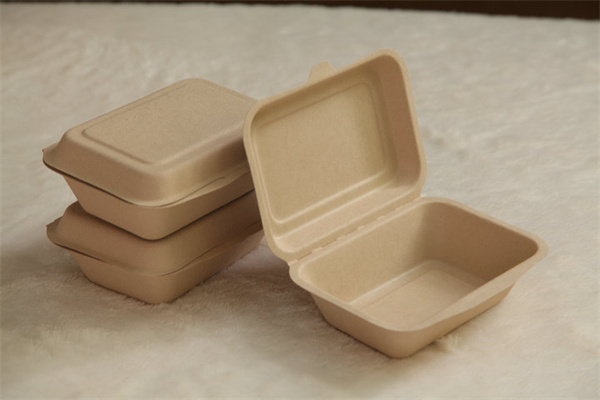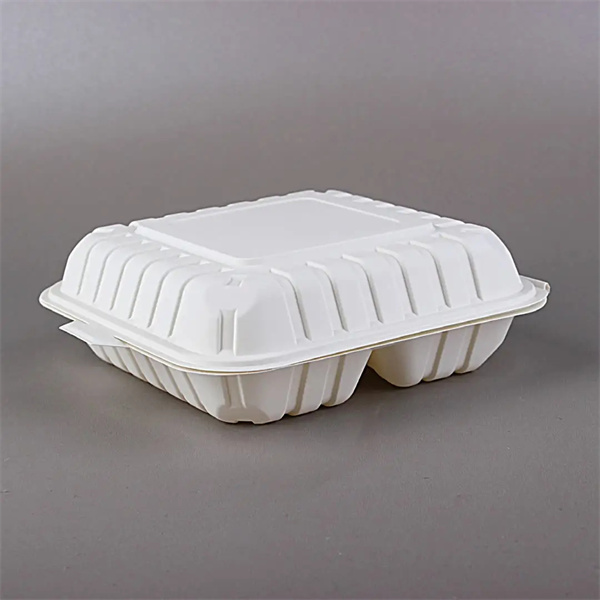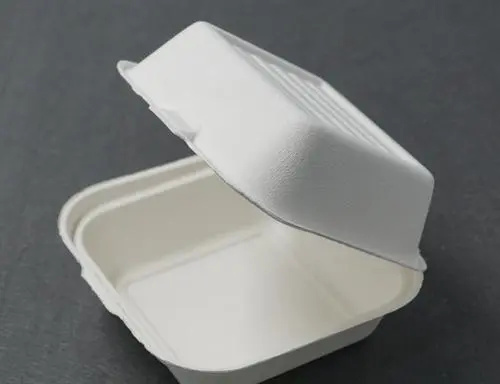Contact Us

Contact Us


Guangzhou Huaisheng Packaging Co.,Ltd.
We provide customers with quality products and provide high-quality services.
If you would like to leave us a comment please go to contact us
+86-18122240089

As global environmental concerns rise, businesses and consumers alike are turning to biodegradable food boxes as a sustainable alternative to traditional packaging. These eco-friendly containers are not just a trend—they are a necessary shift toward a greener future. In this article, we’ll explore everything you need to know about biodegradable food boxes, including materials, benefits, regulations, and market insights for 2025.
Biodegradable food boxes are packaging solutions made from natural or organic materials that decompose safely in the environment without leaving toxic residue. Unlike plastic, which can take hundreds of years to break down, biodegradable boxes can decompose within months under the right conditions.
A by-product of sugar production, bagasse is a popular choice due to its sturdy, compostable nature.
Derived from cornstarch or sugarcane, PLA is a bioplastic that mimics the look and feel of plastic without environmental damage.
Bamboo grows quickly without fertilizers, making it a renewable and biodegradable packaging option.
Widely used due to their recyclability, unbleached kraft paper offers a rustic and eco-friendly appearance.

They help reduce landfill waste, minimize plastic pollution, and lower carbon emissions during production.
Consumers are increasingly choosing brands that show environmental responsibility. Using biodegradable food boxes enhances brand image and customer loyalty.
Governments are tightening regulations on plastic usage. Biodegradable packaging ensures your business stays compliant with bans and sustainability goals.

While both have their place, biodegradable boxes decompose naturally, even in environments without industrial recycling infrastructure. Recyclable products, by contrast, require collection, sorting, and processing—steps that often fail in practice.

The decomposition timeline depends on the material:
Bagasse: 30–90 days (in compost)
PLA: 180 days (in industrial composting)
Bamboo: ~4 months
Kraft Paper: 2–6 weeks
Compare that with plastic—over 400 years to degrade!

Yes—most biodegradable boxes like bagasse and bamboo are microwave and freezer safe, making them practical for food delivery, takeout, and storage.

Consider the following when selecting packaging:
Food type: Hot vs. cold, oily vs. dry
End-of-life: Will your customers compost or trash the box?
Branding: Custom printing and logo options
Certifications: Look for BPI, TÜV Austria, or FDA-approved labels
BPI (Biodegradable Products Institute) – Confirms compostability in industrial facilities.
TÜV OK Compost – Verifies compostability under home or industrial settings.
USDA BioPreferred – Indicates products made from renewable sources.
Read more about certification standards at US EPA.
While sustainable, these materials may:
Cost more than plastic
Require specific composting conditions
Have limited availability in certain markets
That’s why it’s important to educate your customers and work with trusted packaging suppliers.
A: Yes, but they perform best in composting environments.
A: Many are treated with food-safe, compostable coatings to resist grease and moisture.
A: Absolutely. Most suppliers offer custom printing with soy- or water-based inks.
E-commerce boom in food delivery has increased the need for sustainable takeaway options.
Governments in the EU, U.S., and Asia are banning single-use plastics.
Eco-conscious consumers are driving the demand for green alternatives.
A recent study by McKinsey revealed that 60% of consumers are willing to pay more for sustainable packaging.
Choosing biodegradable food boxes is a strategic move for food businesses, packaging manufacturers, and retailers. They reduce environmental harm, boost your brand image, and align with evolving regulations.
To stand out in 2025 and beyond, businesses must adopt innovative, sustainable packaging that meets customer expectations and environmental standards.
